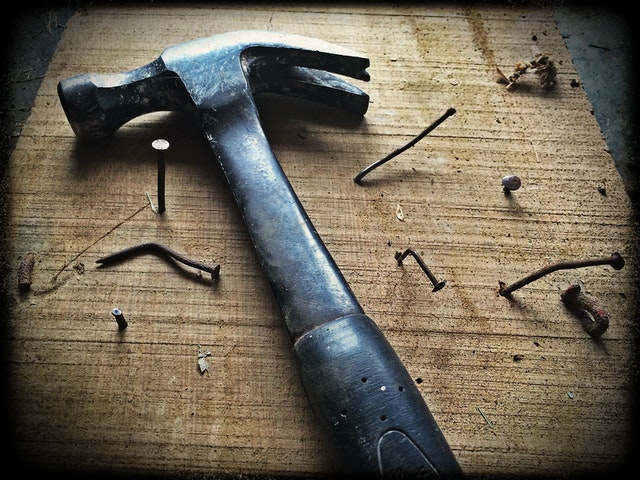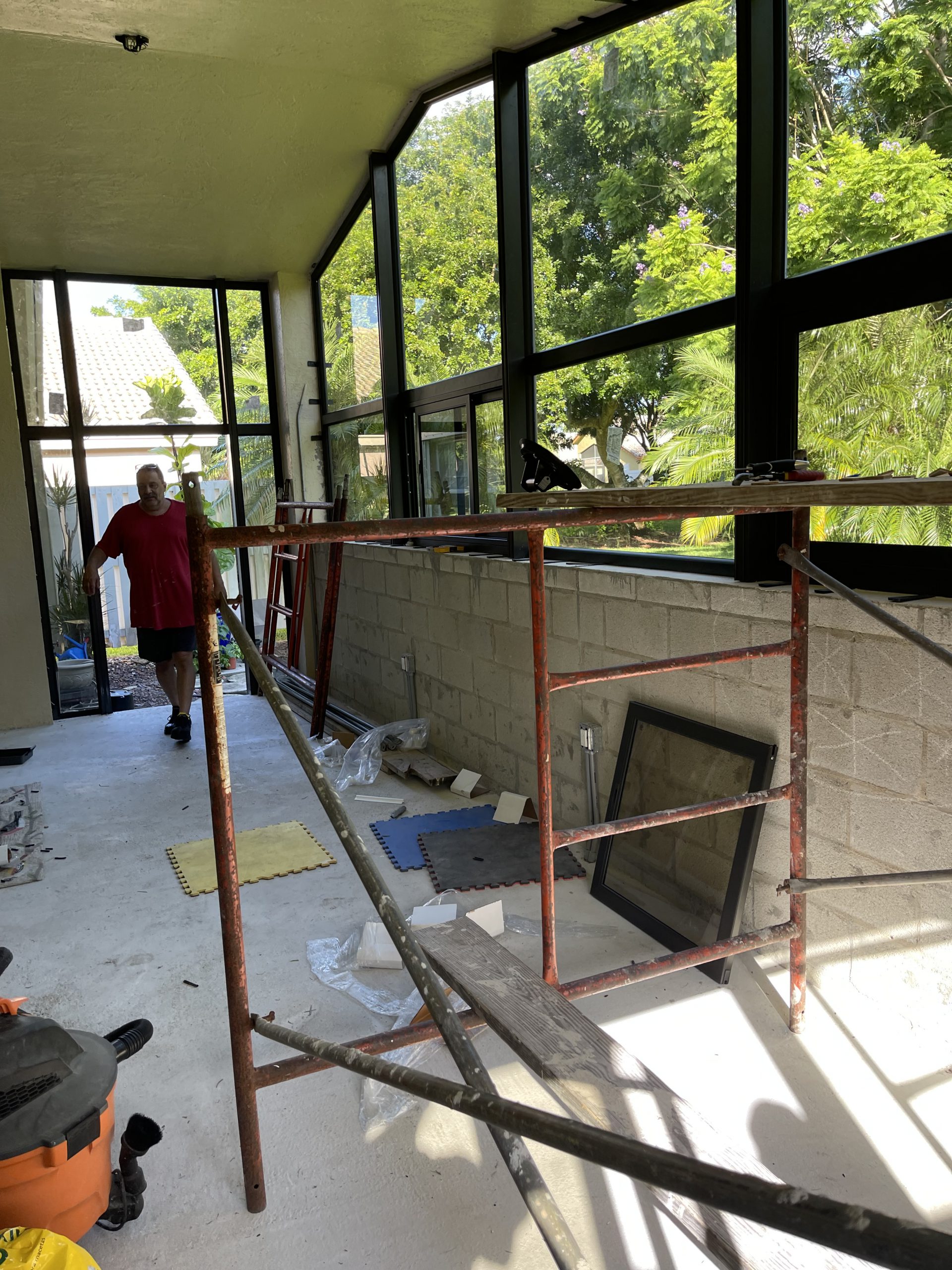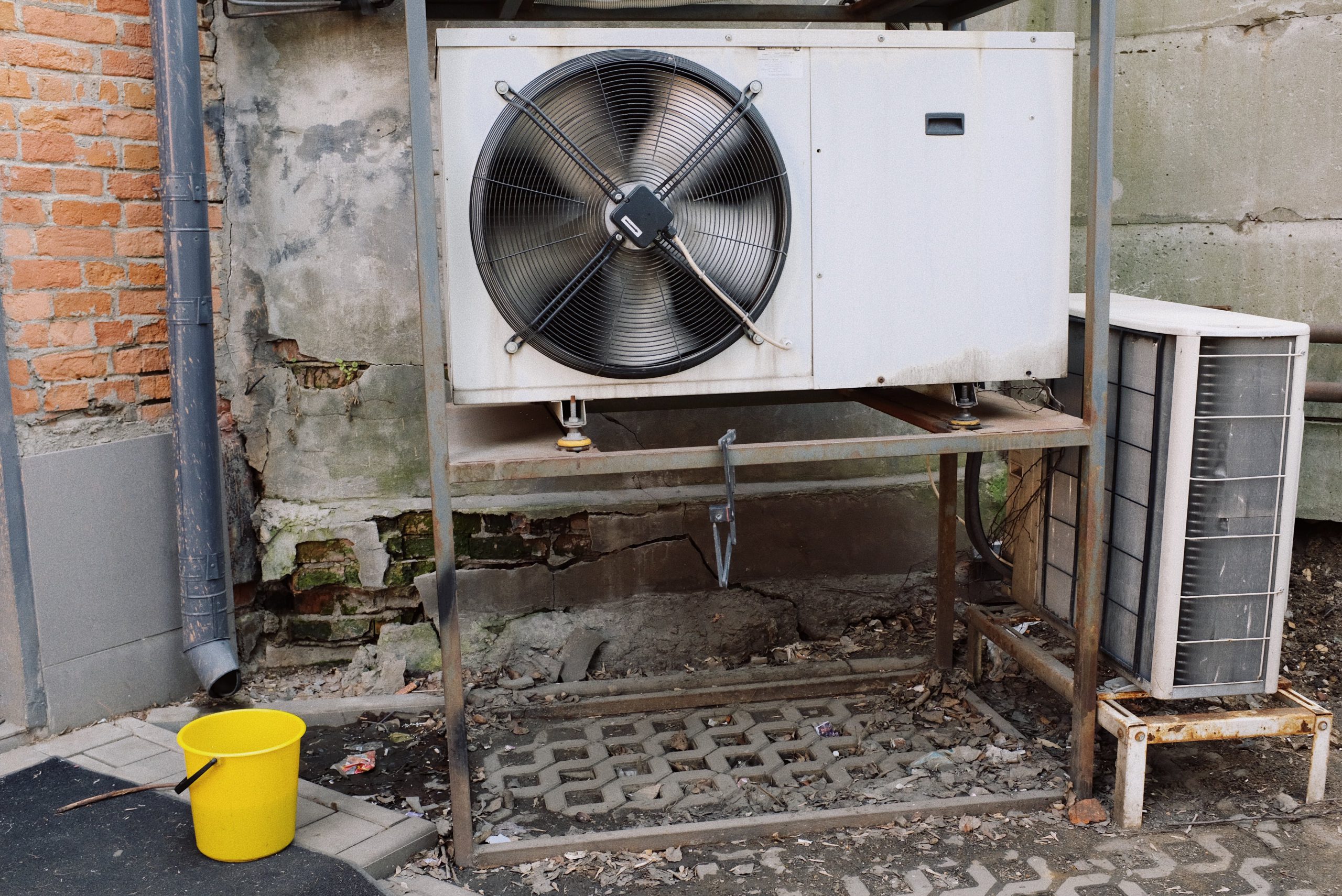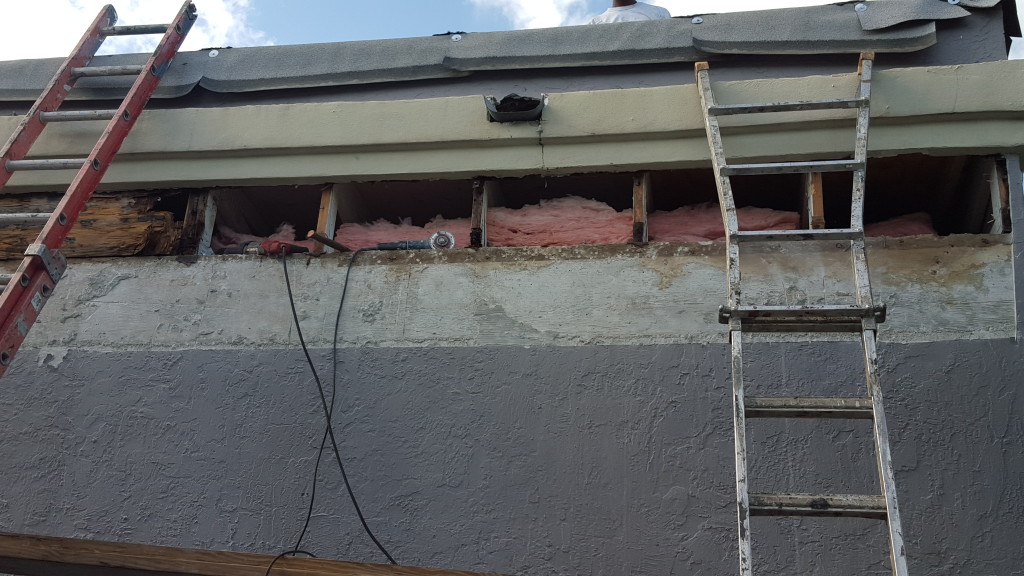
Effective building maintenance is essential to ensure structures' longevity, safety, and functionality. Monitoring building maintenance is a critical aspect of property management, whether you're a homeowner, a landlord, or a facilities manager. Neglecting maintenance can lead to costly repairs, decreased property value, and safety hazards. This article will explore the importance of monitoring building maintenance and provide strategies and tools for doing so efficiently.
The Importance of Monitoring Building Maintenance
- Preventive Maintenance
Regular monitoring of building maintenance helps identify potential issues before they escalate into major problems. Preventive maintenance can save you significant time and money in the long run. By spotting minor issues early on, you can address them promptly, preventing costly repairs or replacements.
- Safety
Neglecting building maintenance can lead to safety hazards. For instance, faulty wiring, leaky roofs, or deteriorating structural elements can pose significant risks to occupants. Regular inspections and monitoring help ensure that the building remains safe for everyone inside.
- Property Value
Well-maintained properties tend to retain or even increase in value over time. Monitoring maintenance ensures that your property remains appealing to potential buyers or tenants. A well-maintained building also improves the overall aesthetics and reputation of a neighborhood or community.
Effective Strategies for Monitoring Building Maintenance
- Develop a Maintenance Schedule
Creating a maintenance schedule is the foundation of effective monitoring. The schedule should outline routine maintenance tasks, their frequency, and who is responsible for them. Common tasks include HVAC system servicing, roof inspections, plumbing checks, and landscaping.
- Conduct Regular Inspections
Regular inspections are crucial for identifying maintenance issues early on. These inspections should cover both the interior and exterior of the building. Consider using a checklist to ensure that all critical areas are examined, and any problems are documented.
- Implement Technology
Leverage technology to streamline your maintenance monitoring process. Property management software and mobile apps can help you schedule maintenance tasks, track work orders, and receive real-time updates from contractors. These tools can also generate reports to help you analyze maintenance trends over time.
- Create a Maintenance Budget
A well-defined maintenance budget is essential for planning and monitoring building maintenance. Allocate funds for routine maintenance, as well as for unexpected repairs or replacements. Regularly review and adjust the budget based on your maintenance needs and priorities.
- Establish Vendor Relationships
Building strong relationships with reliable contractors and service providers is key to effective maintenance monitoring. Trusted vendors can help ensure that maintenance tasks are completed efficiently and at a reasonable cost. Regularly communicate with vendors to stay informed about the progress of maintenance projects.
- Keep Detailed Records
Maintain thorough records of all maintenance activities, including invoices, inspection reports, and work orders. These records can serve as valuable documentation for tracking maintenance history and compliance with regulations.
- Tenant and Occupant Involvement
If you're a landlord or property manager, engage with your tenants or occupants regarding maintenance concerns. Encourage them to report issues promptly and provide clear communication channels for maintenance requests. Tenant involvement can help you identify issues that may not be immediately visible during inspections.
- Prioritize Critical Maintenance
Not all maintenance tasks are created equal. Some may be more critical for safety or property value than others. Prioritize maintenance tasks based on their urgency and potential impact. This ensures that limited resources are allocated to the most important areas.
- Monitor Environmental Factors
Consider the impact of environmental factors on building maintenance. For instance, buildings in regions with extreme weather conditions may require more frequent roof inspections and exterior maintenance. Stay informed about local environmental challenges and adapt your maintenance plan accordingly.
- Regularly Review and Adjust
Building maintenance is an ongoing process. Regularly review your maintenance schedule, budget, and records. Adjust your strategies based on changing needs, technological advancements, and feedback from occupants.
Conclusion
Monitoring building maintenance is a vital responsibility for property owners, landlords, and facility managers. It involves preventive measures, regular inspections, effective budgeting, and the use of technology and vendor relationships to ensure the longevity and safety of structures. By implementing these strategies and staying proactive, you can avoid costly repairs, enhance property value, and provide occupants with a safe and comfortable environment.










